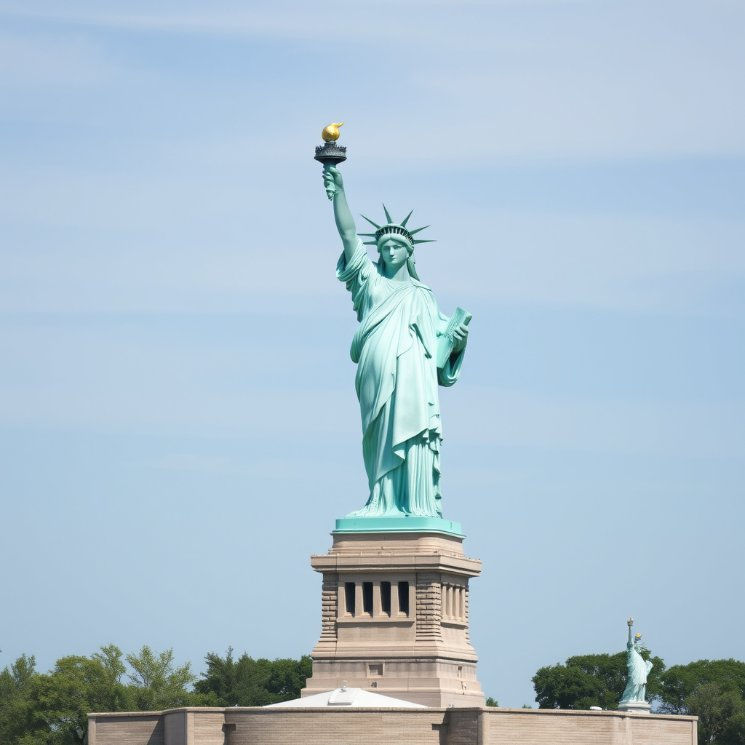🗽 History of America: From Native Civilizations to Modern Superpower
- AJEET SHANDILYA
- Jul 24
- 3 min read
Updated: Aug 5
Discover the powerful story of America's past — from its ancient native roots to becoming a global leader. This article explores key events that shaped t
he United States of America.
Introduction
The history of America is a compelling journey of transformation — from ancient native civilizations to a modern democratic superpower. It is a story of exploration, struggle, innovation, and identity. This blog takes you through major historical milestones that define the United States of America.
---
1. Ancient America: Native Civilizations
Long before European settlers arrived, America was home to diverse Indigenous cultures, including:
The Navajo, Apache, and Pueblo in the Southwest
The Iroquois Confederacy in the Northeast
The Sioux, Cheyenne, and other Plains tribes
These societies developed complex governments, agriculture systems, and spiritual traditions. Some, like the Mississippian culture, built large cities like Cahokia (modern-day Illinois).
---
2. European Exploration & Colonization (1492–1776)
In 1492, Christopher Columbus’ arrival marked the beginning of European colonization. The Spanish, French, Dutch, and British soon followed. Key moments:
1607: Jamestown, the first permanent English colony, was established in Virginia.
1620: Pilgrims arrived on the Mayflower and settled in Plymouth, Massachusetts.
Over time, 13 British colonies emerged along the East Coast, driven by trade, agriculture, and religious freedom.
---
3. American Revolution (1775–1783)
Tensions grew between colonists and Britain over taxation and governance. Major events:
Boston Tea Party (1773): Protest against British taxes.
Declaration of Independence (1776): Written by Thomas Jefferson, declaring freedom from British rule.
Victory at Yorktown (1781): Secured American independence with French support.
In 1783, the Treaty of Paris ended the war, officially recognizing the United States of America.
---
4. Building the Nation (1789–1860)
The new nation adopted the U.S. Constitution in 1789, establishing a democratic republic. Key developments:
George Washington became the first president.
Louisiana Purchase (1803) doubled U.S. territory.
Westward expansion increased tensions over slavery.
---
5. Civil War and Reconstruction (1861–1877)
Slavery divided the North and South. The conflict erupted in 1861:
Abraham Lincoln led the Union (North) to preserve the nation.
The Emancipation Proclamation (1863) freed enslaved people in Confederate states.
1865: The Union won, and slavery was abolished by the 13th Amendment.
The Reconstruction Era aimed to rebuild and integrate Southern states, but racial discrimination persisted.
---
6. Industrialization and Immigration (1870–1920)
The U.S. became a global economic powerhouse:
Massive railroads, steel, and oil industries grew.
Millions of immigrants from Europe and Asia arrived seeking opportunity.
Cities like New York, Chicago, and San Francisco expanded rapidly.
This era also saw the rise of labor unions and early civil rights movements.
---
7. World Wars and Global Power (1917–1945)
America played major roles in both World Wars:
WWI (1917–1918): U.S. helped Allied powers win.
Great Depression (1929): Economic crisis that hit globally.
WWII (1941–1945): After Pearl Harbor, U.S. defeated Axis powers alongside Allies.
Post-WWII, the U.S. emerged as a superpower, ushering in the Cold War era against the Soviet Union.
---
8. Civil Rights and Social Change (1950s–1970s)
The fight for equality gained momentum:
Martin Luther King Jr., Rosa Parks, and others led peaceful protests.
Civil Rights Act (1964) ended segregation.
Women’s rights, LGBTQ+ movements, and anti-war protests reshaped society.
America embraced cultural, technological, and political change.
---
9. Modern America (1980s–Present)
Recent decades have seen rapid change:
1980s: Ronald Reagan’s era of conservatism and economic reform.
2001: 9/11 attacks transformed U.S. foreign policy.
2008: Barack Obama became the first African-American president.
2020–2024: The COVID-19 pandemic, economic shifts, and renewed civil rights activism.
Today, America remains a leader in technology, culture, economy, and defense, though challenges like political division, climate change, and inequality persist.
---
Conclusion
The history of America reflects its complex journey — full of innovation, conflict, dreams, and resilience. From native civilizations to a modern powerhouse, America’s story continues to shape the world.
---
Tags: American History, USA Timeline, Civil War, Founding Fathers, Independence Day, Native Tribes, U.S. Constitution, World Wars, Modern America



Comments